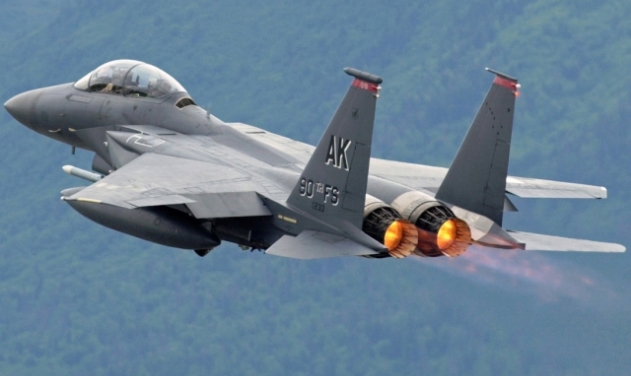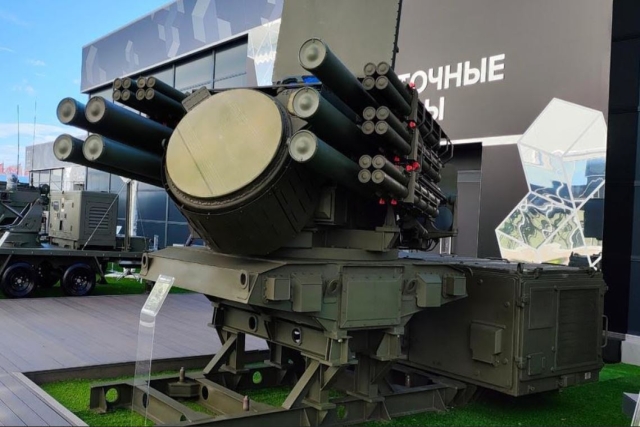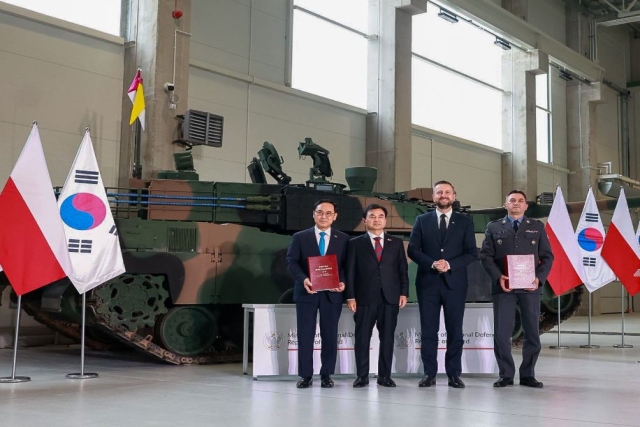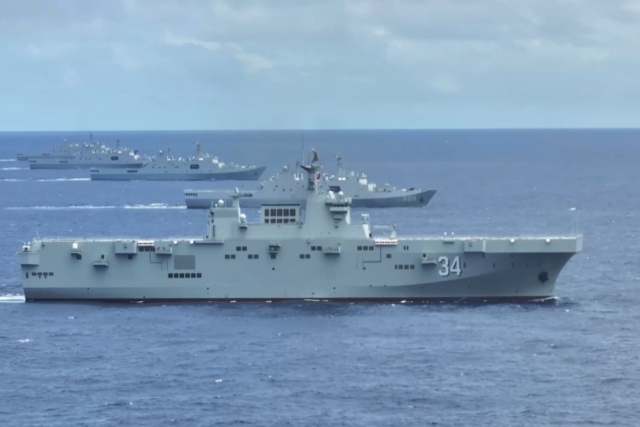Boeing Awarded $22.89B for USAF’s F-15EX Jet Acquisition
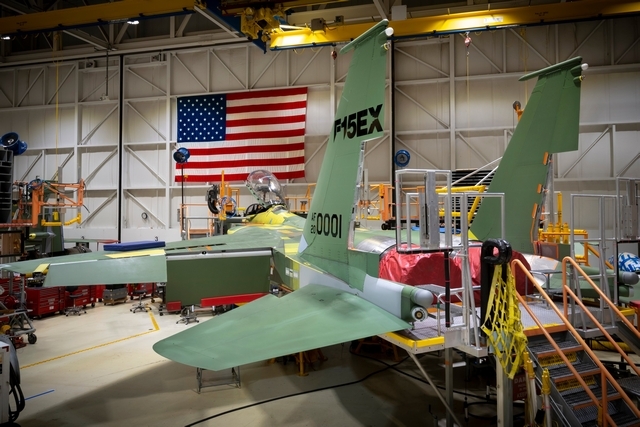
The U.S. Air Force has made $1.2 billion payment to Boeing for what will total out to $22.89 billion worth acquisition of F-15EX fighters in the coming years, the U.S. DoD announced July 13.
The first payment covers the manufacture of eight aircraft, which are to be used as test machines, and they will be deployed at Eglin Air Force Base, Fla. The first two aircraft will be delivered in the second quarter of fiscal year 2021, and the remaining six in fiscal 2023. “The strategic basing process is in work to determine the fielding locations” for subsequent lots, the U.S.A.F. said in a press release.
The July 13 contract provides for the “design, development, integration, manufacturing, test, verification, certification, delivery, sustainment, and modification of F-15EX aircraft,” including spares and support gear, technical and training manuals, and support, USAF said. It is a cost-plus-fixed-fee, cost-plus incentive fee contract, the DoD said.
The F-15EX replaces the oldest F-15C/Ds in the inventory. Eight were approved in the fiscal 2020 budget and 12 were requested for fiscal 2021. Over the five-year Future Years Defense Program, the Air Force expects to buy 76 of the aircraft, toward a possible ultimate buy of 144 airplanes.
The Air Force also awarded a $101.4 million contract to GE for the first lot of 19 F-15EX engines—the GE-F110-129—on June 30. The engines will power eight aircraft and there will be three spares.
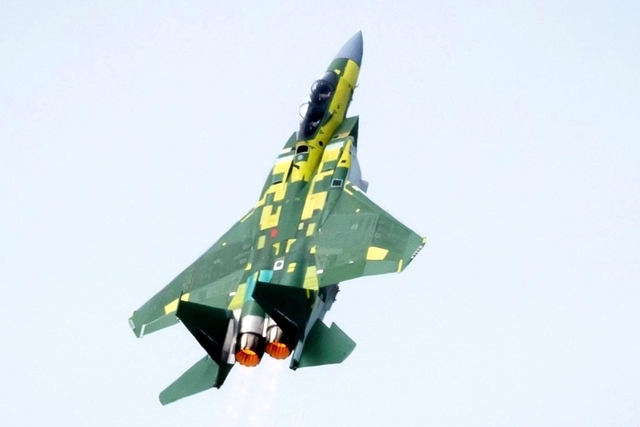
It’s not clear how many aircraft the $23 billion IDIQ contract will buy. An Air Force spokesman said the dollar figure is an “upper limit that provides a 10-year ordering period with a 15-year period of performance.” Boeing has said the aircraft would have a flyaway unit cost of around $80 million a copy. If the Air Force means to procure 144 aircraft at $23 billion, the cost per jet including development, facilities, test, and upgrades would be more than $159 million per airplane, not including engines, the US Air Force magazine said in an article Monday.
It quoted Gen. James M. Holmes, head of Air Combat Command, said the F-15EX is “the most affordable and immediate way to refresh the capacity and update the capabilities provided by our aging F-15C/D fleets.”
The F-15EX is criticized as a step-back-in-time airplane compared to the stealthy, fifth-generation F-35 aircraft. The F-15EX will not be able to survive in highly contested airspace within 10 years, although it will have a life expectancy into the 2050s.
At a time when European rivals and Lockheed Martin have commenced working on sixth-gen aircraft, the F-15EX is seen as an expensive fighter jet that was in its prime some two decades ago. This is borne out from what Gen. Holmes has said that in 15 years or so the F-15 would still be useful for homeland defense missions or in areas where air defenses are not as severe.
The aircraft is an improvement over the F-15 C/D model in that it is a fly-by-wire, digital aircraft; has a powerful new processor; additional wing hardpoints; a new electronic warfare system; an updated “glass cockpit;” It is based on the F-15QA, which Boeing is building for Qatar.
Boeing said the EX can launch hypersonic weapons up to 22 feet long and weighing up to 7,000 pounds, which gives it an edge over the F-35. It also described the program as a “pathfinder for the Department of Defense’s DevSecOps initiative, aimed at developing secure, flexible, and agile software.”

